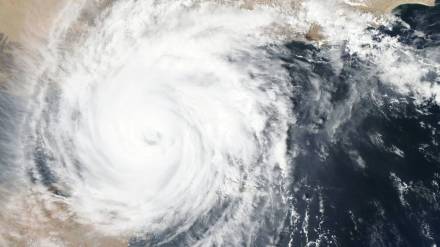Geographical experts have predicted another cyclone in the coastal areas of India, like Mumbai, after recording a cyclonic storm in the Arabian Sea for the past few days. Meteorologists have yet to predict the intensity of the possible cyclone, but it has been named Cyclone Tej by the Indian authorities.
The World Meteorological Organization (WMO), a 13-county association, and the Economic and Social Commission for Asia and the Pacific (ESCAP) have featured Cyclone Tez on the list of storms in April 2020. Of the six RSMCs, the India Meteorological Department is the one that provides tropical cyclone and storm surge advisories to the 13 member nations.
Ever wondered how these cyclones are named and who possesses the authority to give an unbiased identification to these storms? Here is an in-depth report to answer these curious minds.
The name-giving process undergoes a lot of consideration by the authorities, as it has to be neutral in all matters, be they politics or religion. The name should not harm any community sentiments or be rude and cruel in nature. The 13 member countries select the names every few years, which are then adopted in chronological order. Additionally, the names must be brief, easily said, and contain no more than eight letters.
According to a report by the Press Information Bureau (PIB) that explained storm naming, “The names of tropical cyclones over the north Indian Ocean will not be repeated. Once used, it will cease to be used again. Thus, the name should be new. It should not be on the already existing list of any of the RSMCs worldwide.” The names submitted by various nations are utilized in a column-wise format in order.
Interestingly, a global report suggested that a feminine-named storm has caused more devastation than a masculine-named storm, and the reason behind this is the perceived danger. The study on cyclones by the National Academy of Sciences said, “Feminine-named hurricanes (vs. masculine-named hurricanes) cause significantly more deaths, apparently because they lead to a lower perceived risk and consequently less preparedness.”
